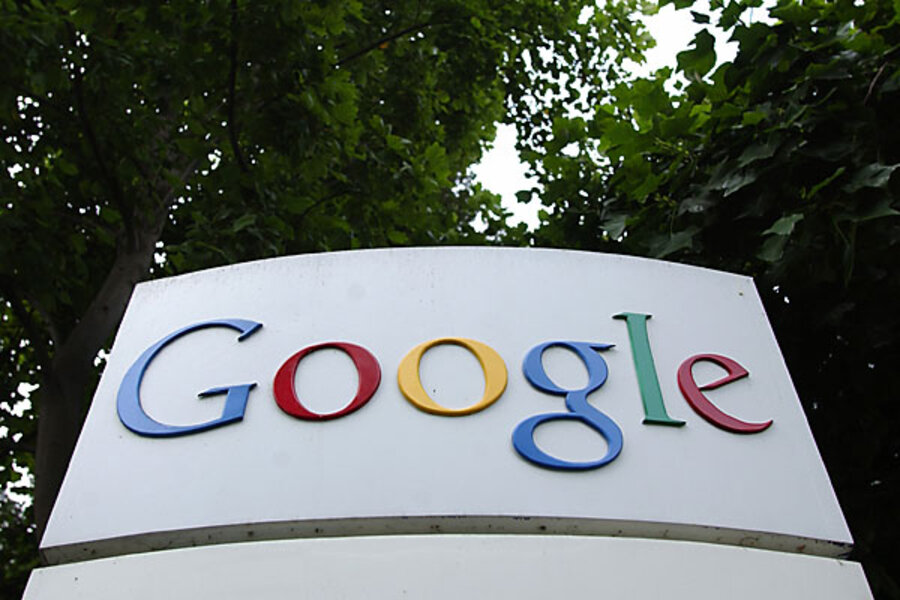Google TV's challenge: convincing US on convergence
Loading...
| Chicago
Google’s partnership with Sony and Intel is the most significant step the Internet giant has made in its quest to dictate how we will consume television in the future.
Speculation surrounding the joint venture is that all three companies are working to create a device that enables users to navigate Internet fare via television sets as well as integrate it with set-top peripherals like Blu-ray players and cable boxes.
However in doing so, Google is entering a crowded field of competitors all trying to do the same thing. The American household is already cluttered with devices that stream and broadcast all kinds of content, but the public has yet to embrace a single device that makes everything accessible at one time.
“It’s extremely fragmented,” says Dan Rayburn, the principal analyst covering online video and TV for Frost & Sullivan, a global research firm. “I don’t believe everything will ever be on one device.”
Mr. Rayburn says the difficulty is standardization among the players involved: media companies, software developers, Internet content providers, hardware manufacturers, and technology empires are all pushing for dominance but won’t allow their products to work with each other in the open marketplace.
Which is exactly why the marketplace is lined with so many suitors – VUDU, TiVo, Yahoo! Connected TV, Netflix, Roku, Rovi, DivX, Apple TV, Xbox 360, Boxee, CinemaNow, Popbox, and many others – but no breakout leader consumers can ultimately rely on to access the spectrum of their multimedia needs. Growth for these companies remains uncertain: According to Frost & Sullivan research, unit sales remain minimal for the leading devices – 500,000 for Apple TV, 650,000 for Roku, for example.
“The bottom line is there will not be a standard. It can’t happen because none of these companies will work together,” Rayburn says.
Getting technologies to interact with one another has been less of a problem in Europe and Asia, where Rayburn says the media and technology culture is driven more by an awareness of the long-range benefits than by competition.
The Google venture already has experts wondering how it would work – if Google will allow its software to operate on devices made by Sony competitors LG, Samsung, and Panasonic. Or if Sony’s involvement means that users won’t be able to access content from Paramount and other competing movie studios.
The answer could be moot unless the venture does not deliver the content people want in the way they want it – which may be across several devices – says David Wertheimer, executive director of the Entertainment Technology Center, a non-profit consortium at the University of Southern California.
“Multitasking is the norm” among young consumers, Mr. Wertheimer says, which is why “there is no single-box solution.” Despite the race among corporate leaders to partner-up to deliver multiple options in one device, it may be against how consumers naturally absorb content, he says.
“If we understand consumer desires, we should be celebrating the differences, rather than trying to combine devices to the point of mediocrity,” he says.





